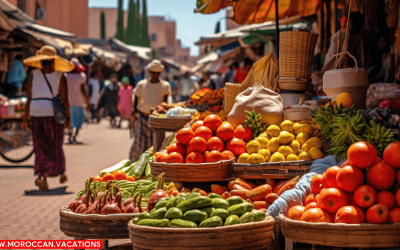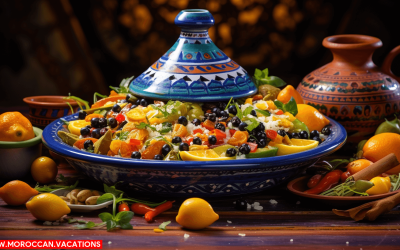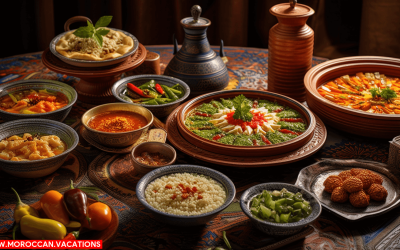Historical Background of Arab Influence
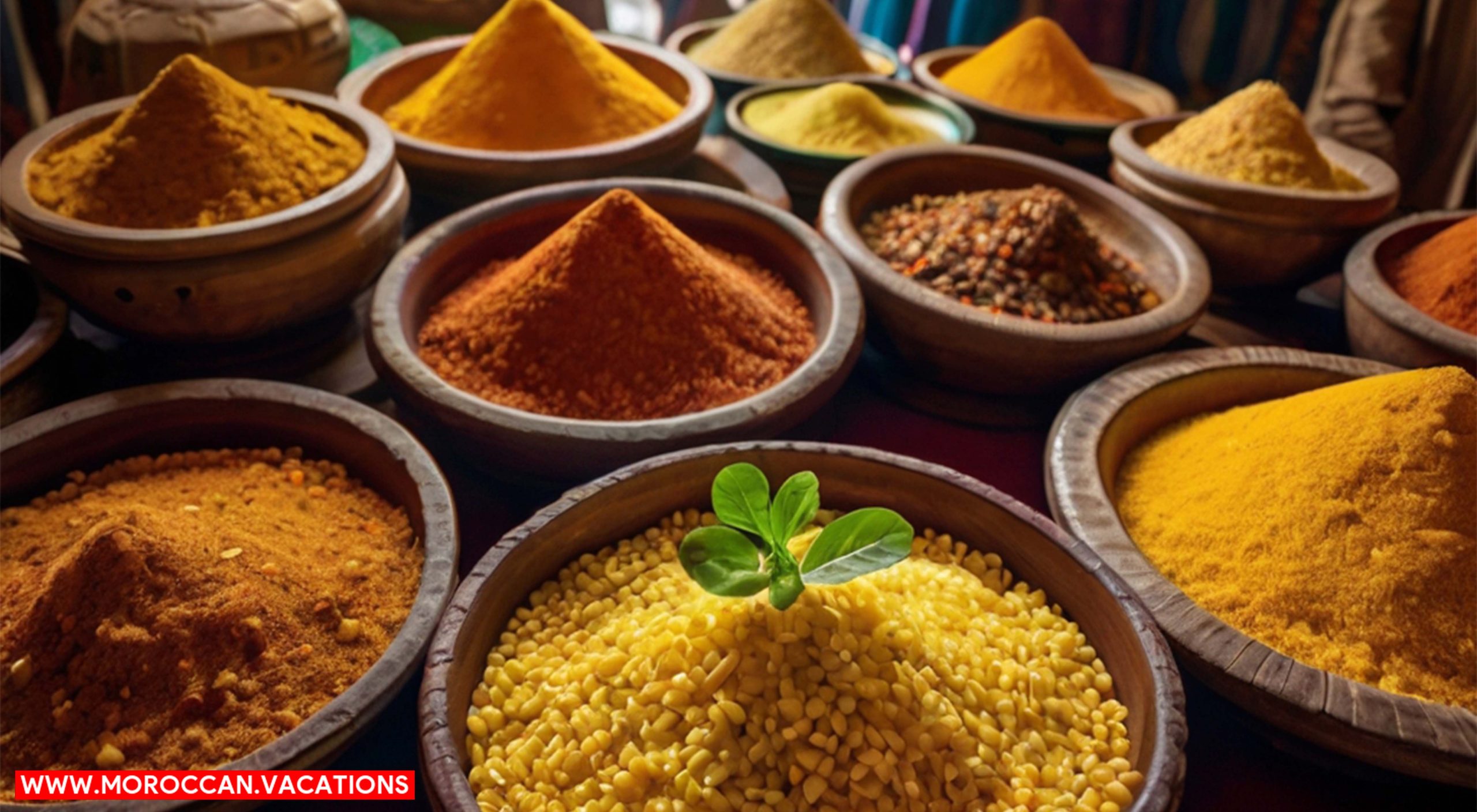

Arab Ingredients in Moroccan Cuisine
The Arab influence on Moroccan culinary traditions is evident in the abundant use of aromatic spices. Moroccan cuisine is renowned for its bold and complex flavors, which are achieved through the skillful combination of various Arab ingredients. These ingredients not only add depth and richness to Moroccan dishes, but they also create a sensory experience that is unique to the region. To understand the influence of Arab ingredients on Moroccan cuisine, imagine the following:- Fragrant saffron threads, carefully harvested and painstakingly dried, infuse a vibrant golden hue and a distinct floral aroma into traditional Moroccan dishes like tagines and couscous.
- The fiery heat of red chili peppers adds a kick to dishes, leaving a lingering warmth on your palate. It is the perfect ingredient to balance the sweetness of dried fruits in savory tagines.
- Sumac, with its tangy and lemony flavor, provides a refreshing acidity to Moroccan salads and marinades. It brightens the overall taste and complements the rich flavors of meats and vegetables.
Arab Cooking Techniques in Moroccan Cuisine
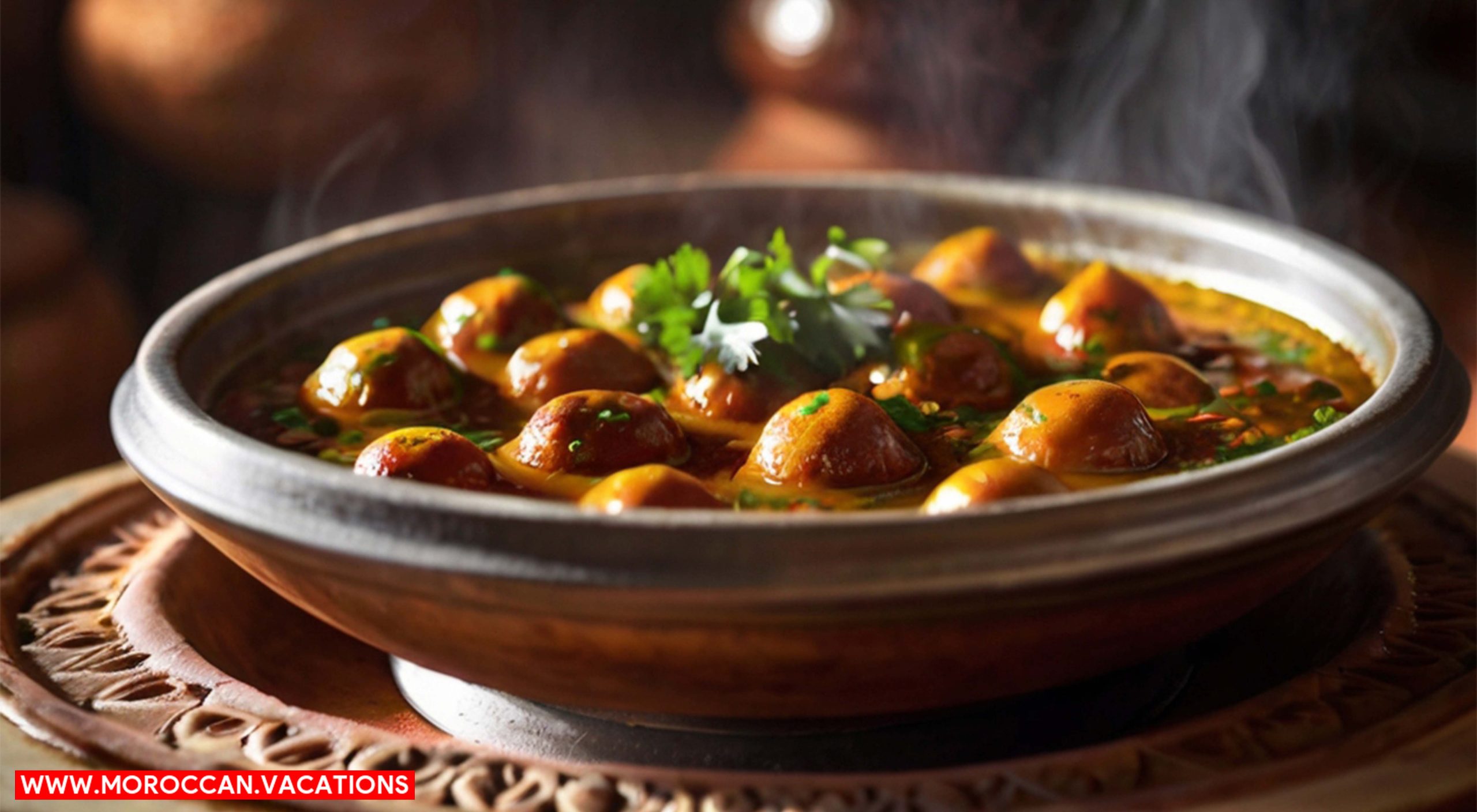

Popular Arab-inspired Moroccan Dishes
Continue exploring the influence of Arab cuisine on Moroccan culinary traditions by exploring some popular Arab-inspired Moroccan dishes. These dishes showcase the fusion of Arab and Moroccan flavors, resulting in a unique and delicious culinary experience.- Traditional Moroccan couscous variations: Couscous is a staple in Moroccan cuisine, and its preparation varies across different regions. Arab influences can be seen in the use of aromatic spices, such as cumin and cinnamon, which add depth and complexity to the dish. In some variations, couscous is served with tender lamb or chicken, cooked with vegetables like carrots, zucchini, and potatoes. The dish is then topped with a flavorful broth, infusing every grain with rich flavors.
- Arab-inspired Moroccan desserts: Morocco is known for its delectable desserts, influenced by Arab culinary traditions. One popular dessert is the Moroccan almond and honey pastries, called “Ghriba.” These bite-sized treats are made with ground almonds, honey, and fragrant spices like cinnamon and cardamom. They are often shaped into small balls and baked until golden brown, creating a crispy exterior and a soft, melt-in-your-mouth center. Another beloved dessert is the “M’hanncha,” also known as the “Snake Cake.” This pastry is made by rolling a thin layer of almond paste inside a flaky dough, resembling a coiled snake. It is then baked until perfectly golden and served with a dusting of powdered sugar.
Cultural Significance of Arab Culinary Influence
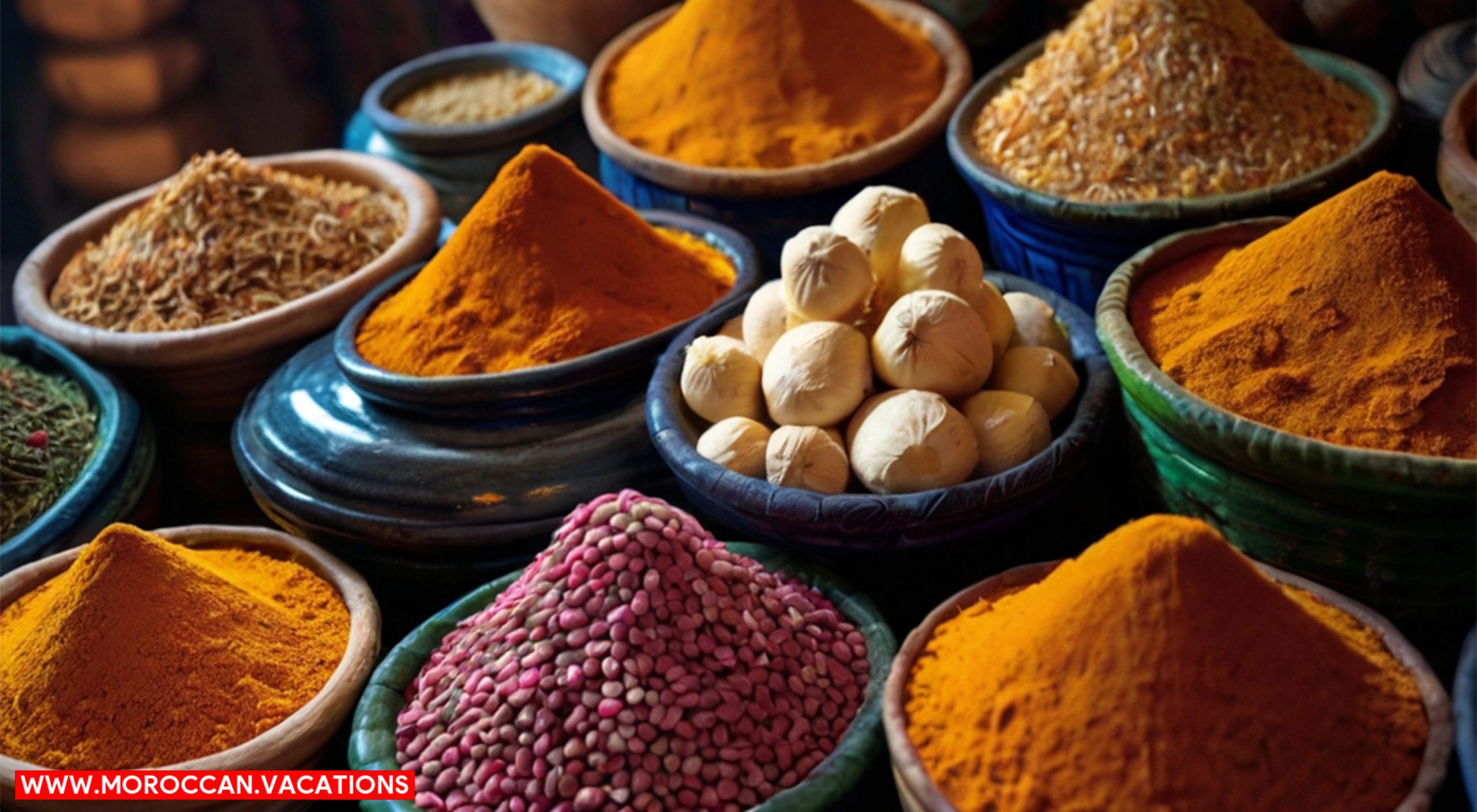

| Cultural Significance of Arab Culinary Influence on Moroccan Cuisine | Description |
|---|---|
| Culinary Exchange | The Arab culinary influence on Moroccan cuisine can be attributed to the historical and cultural exchange between the two regions. The Arab conquest of Morocco in the 7th century introduced new ingredients, cooking techniques, and flavors, which became integrated into Moroccan cuisine. |
| Fusion Cuisine | The blending of Arab and Moroccan culinary traditions has resulted in the development of fusion cuisine. This culinary style combines the best of both worlds, creating unique and flavorful dishes that showcase the diversity and richness of Moroccan cuisine. |
| Preservation of Cultural Heritage | The Arab culinary influence has played a crucial role in preserving Moroccan cultural heritage. Traditional Arab cooking methods and ingredients have been passed down through generations, ensuring the continuation of age-old culinary traditions. |
| Cultural Identity | Arab culinary influence has become an essential part of Moroccan cultural identity. It is reflected in the everyday life of Moroccans, from the spices used in their dishes to the way meals are shared and enjoyed as a communal experience. |
| Tourism and Global Recognition | The fusion of Arab and Moroccan culinary traditions has attracted tourists from around the world, seeking to experience the unique flavors and culinary traditions of Morocco. This global recognition has further elevated Moroccan cuisine on the world stage. |


Samira Amrani
The passionate author behind Moroccan Vacations, sharing her expertise and love for Moroccan culture, cuisine, and travel experiences to inspire wanderlust in every reader.
Related Articles
Exploring Marrakesh's Organic Food Movement: Farm-to-Table Experiences
Embark on a culinary journey through Marrakesh’s vibrant Organic Food Movement. Discover the flavors, sustainability, and cultural richness of locally sourced ingredients. Dive into our featured exploration for a taste of the authentic and eco-conscious culinary scene in Marrakesh.
A Culinary Journey Through Morocco: Exploring the Best Moroccan Dishes
Embark on a flavorful adventure with our culinary journey through Morocco, discovering the exquisite world of Moroccan cuisine. Indulge in the best Moroccan dishes, from aromatic tagines to mouthwatering couscous.
Moroccan Gastronomy Unveiled: Must-Try Dishes and Hidden Gems
The Rich History of Moroccan Cuisine Get set for an exciting adventure into Moroccan food! Imagine strolling through lively markets where delicious smells make your tummy grumble. Let's uncover famous dishes, explore secret treats, and dive into the world of Moroccan...

